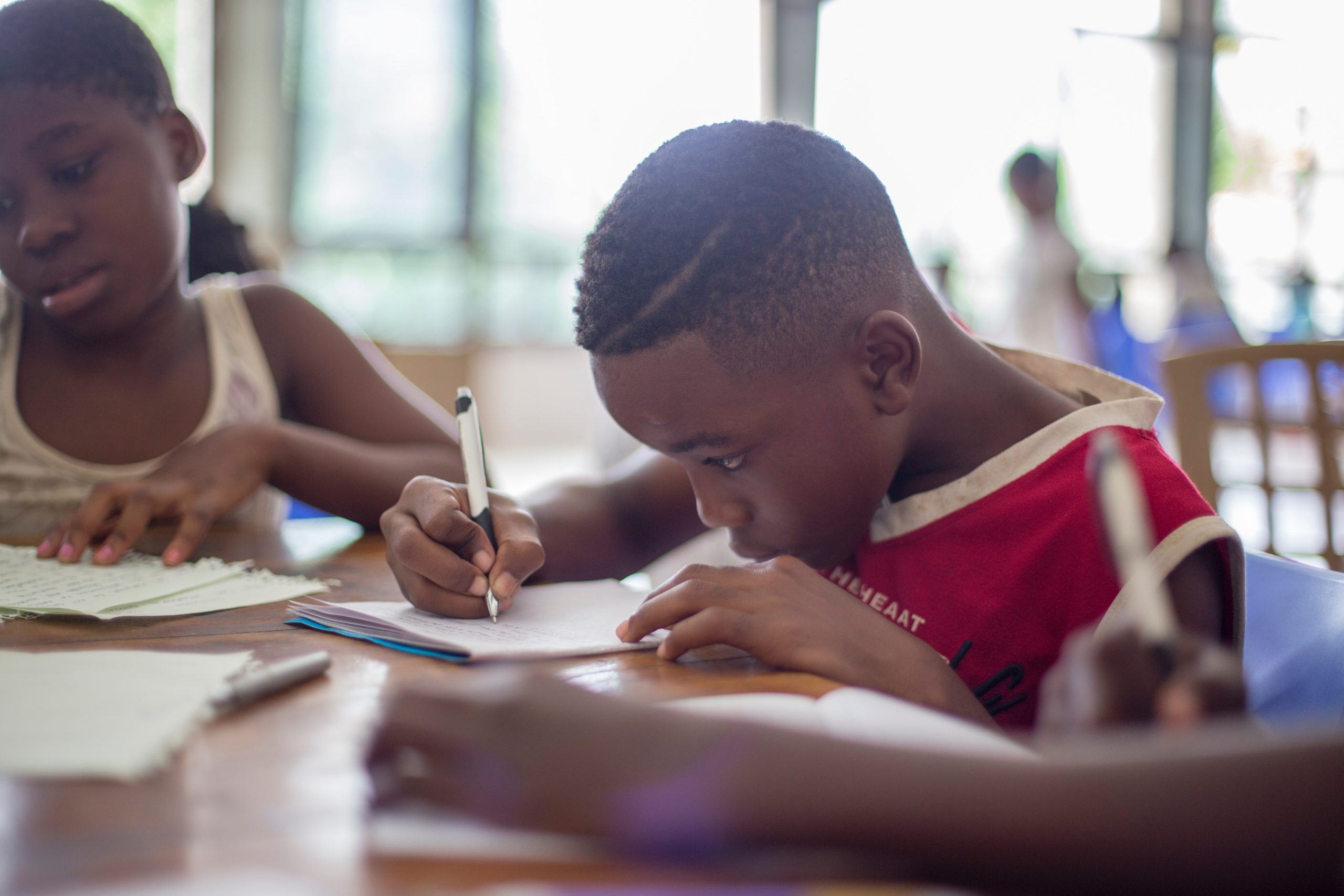Focus is an important skill to develop when you are young. As a parent, it is important for you to make sure your child has the best learning environment possible in order to make sure they develop good habits as early as possible.
A child with a strong focus, will be more independent, better able to express themselves, confident and more able to learn. Children with a strong focus are more successful in many areas like reading comprehension, math and foreign language learning.
Here are 5 ways to increase your child’s focus:
Break the Tasks Down
Break big tasks down into smaller, more manageable pieces. Daily tasks can feel overwhelming for many kids and it can be hard to keep track of everything a child needs to do each day. Through the use of visual reminders, you are able to clearly show your child what needs to be done and work at it gradually, rather than overwhelm them with the sight of a large task. By breaking things down into bite-sized pieces, you have the opportunity to make a fun game out of moving through a list and giving your child the sense of accomplishment of checking things off.
Build in Scheduled Breaks
One simple thing you can do to help your child focus is to take time every day to allow them to recharge. This doesn’t need to be a dedicated time, just something you do outside of homework and expected activities, like walking around or playing on the playground. This might not seem like a lot but over time it will help your child get a better night’s sleep.
Prepare a Distraction-free Zone for Studying
Let’s face children get distracted, especially when it’s time to study. To avoid your child getting antsy and losing focus, create a distraction-free zone. To make this space truly effective, take away all toys and games, keep the noise level low, and have a healthy snack ready if necessary. The distraction-free zone is an essential part in keeping your children focused when it’s time to study.
Understand Your Child’s Method of Learning
There are four methods of learning and it is essential that you understand which way your child learns best. Since your child is unique they also perceive the world in a unique way. Understanding this can help structure at-home learning in a way suitable to them and keep them focused.
Visual Learners
Visual learners tend to understand information and retain information when it is presented to them in a visual way. This could be anything from pictures, to diagrams. You can tell if your child is a visual learner if they tend to doodle a lot!
Auditory Learners
Auditory learners tend to absorb information a lot better when they can just listen and give their undivided attention instead of note-taking. Having an open discussion about things your child has learned is a great way to cater to these types of learners.
Reading/Writing
Reading/Writing learners are those who tend to learn better in ways such as reading books and taking notes. It’s especially important to give your child time to write down all of their thoughts and ideas on paper if they prefer this style of learning.
Kinesthetic Learners
Kinesthetic learners learn through experience. It’s easier for them to absorb information if they are actively doing something related to their learning. These types of learners can sometimes have difficulty succeeding in a typical learning environment which is why giving some hands-on activities is the best way to allow them to grow.
Understanding how your child learns and interprets the world, can make an everlasting change within their life and help them be better equipped to take on the world ahead.
Set a Predictable Routine for Your Child
It is important to make the routine as consistent and as easy to follow for your child as possible. A child who is actively working within a routine schedule is one who is going to focus better on the task at hand. With your child being aware of the amount of time they are set to work on something, they will be less likely to worry about when they are to change activities and more likely to focus on the task. The trick to making this routine easy is doing it every day.
Conclusion
Improving your child’s focus will go a long way in helping them developing proper habits for that will be able to use in and outside of the classroom. As a parent doing these steps will help steer your child in the right direction.





